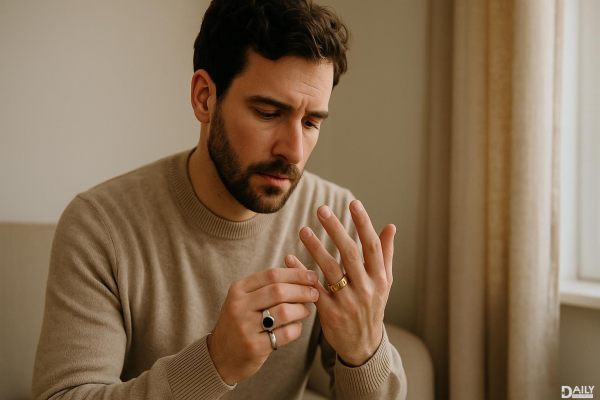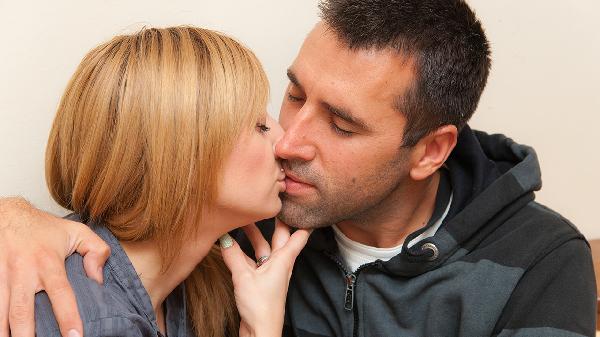Six years ago, I had a full head of thick, wavy black hair. Now, at 36, half of it is gray and wiry. My son Jake recently looked at an old photo of me and asked, "Dad, how did you get so old, so fast?" It’s a fair question—one that got me thinking about the science, myths, and personal realities of going gray. While I’ve never been bothered by my silver strands, I’ve always been curious about why some of us go gray earlier than others and whether there’s anything we can (or should) do about it.

The Science Behind Gray Hair
Hair color comes from melanocytes—cells in your hair follicles that produce pigments called eumelanin (dark brown or black) and pheomelanin (reddish-yellow). When these cells start dying off, your hair loses its pigment, turning gray (if there’s still a little melanin left) or white (if there’s none at all). Once a melanocyte dies, it’s gone for good—no coming back, no reversing the process. And since melanin also keeps hair smooth and manageable, gray hair often feels coarser and more unruly than its pigmented counterpart.
Why Do Some People Go Gray Earlier Than Others?
Age is the most obvious factor—cells degrade over time, including the ones that give your hair color. But genetics play a huge role, too. If your parents or grandparents went gray early, chances are you will too. Stress is often blamed (thanks, presidential before-and-after photos), but the science is murky. Some studies suggest stress hormones might interfere with melanin production, but it’s not definitive. Lifestyle factors like smoking, vitamin deficiencies, and even certain medical conditions can accelerate graying, but for most people, it’s just a roll of the genetic dice.
Can You Prevent or Reverse Gray Hair?
Short answer: Not really. Once those melanocytes are gone, they’re gone. There’s no magic pill or superfood that’ll bring your original color back. Some supplements (like B12 or copper) might help if you’re deficient, but they won’t stop the inevitable. The only surefire way to cover gray hair is dye—whether that’s a full-color treatment or something more subtle, like highlights or a gradual tint. But if you’re like me and don’t mind the salt-and-pepper look, embracing it might be the easiest (and cheapest) option.
How to Care for Gray Hair
Gray hair tends to be drier and coarser, so it needs extra moisture. Swap out harsh shampoos for sulfate-free formulas, and use a hydrating conditioner or hair mask regularly. Purple shampoo can help neutralize yellow tones (a common issue with gray hair), but don’t overdo it—once or twice a week is plenty. Heat styling can make gray hair even more brittle, so if you use a blow-dryer or flat iron, always apply a heat protectant first. And if you’re struggling with wiry texture, a lightweight oil or smoothing serum can help tame flyaways.
To Dye or Not to Dye?
If you’re considering coloring your hair, there are a few things to keep in mind. Permanent dyes provide full coverage but require regular touch-ups as your roots grow in. Semi-permanent options are gentler and fade gradually, which can look more natural. For men who want a low-maintenance approach, a barber can blend gray with subtle highlights or a "salt-and-pepper" toner that softens the contrast. But if you decide to go au naturel, own it—gray hair can look distinguished, confident, and effortlessly cool when styled well.
At the end of the day, going gray is a natural part of life—whether it happens at 30 or 60. Some people fight it, some people embrace it, and some (like me) just shrug and keep living their lives. My son Jake might think I’ve aged a decade in six years, but honestly? I kind of like my silver streaks. They’ve earned their place.
























